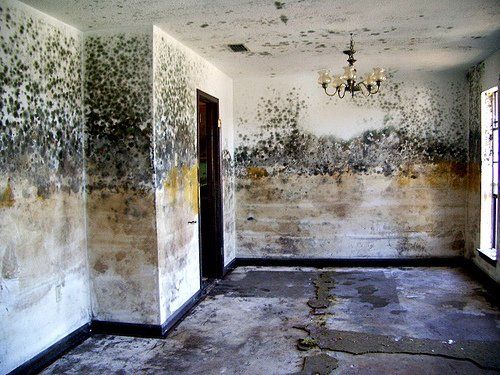Bacterial toxins co-occur with mycotoxins in moisture-damaged indoor environments. These compounds are measurable also in settled airborne dust, indicating that inhalation exposure takes place.
In attempts to characterize exposures to microbial metabolites, not only mycotoxins, but also bacterial metabolites, have to be targeted by the analytical methods applied. We recommend including analysis of samples of outdoor air in the course of future indoor assessments in an effort to better understand the outdoor contribution to the indoor presence of microbial toxins.
There is a need for a sound risk assessment concerning the exposure to indoor microbial toxins at concentrations detectable in moisture-damaged indoor environments.
The following abstract of a recent peer-reviewed research paper points out the potential role of bacteria and their toxins that are present in water-damaged buildings and homes. The bacteria are potential human pathogens and their toxins, such as Valinomycin, can act synergistically with mycotoxins to enhance toxicity.
The role of bacteria in health problems caused by water-damaged buildings has been overlooked, putting all of the attention on fungi and their toxins. The following abstract and other information presented throughout this website should expand the understanding of researchers and IAQ professionals to include bacteria and other contaminants in their evaluation.
Authors: M. Taubel, M. Sulyok. V. Vishwanath2, E. Bloom, M. Turunen, K. Jorvi, E. Kauhanen, R. Krska, A. Hyvorinen, L. Larsson, A. Nevalainen
Journal: Indoor Air 2011 Apr 19. doi: 10.1111/j.1600-0668.2011.00721.x. [Epub ahead of print]
Co-occurrence of toxic bacterial and fungal secondary metabolites in moisture-damaged indoor environments
Indoor environmental conditions characterized by dampness, moisture damage and mold are recognized risk factors for a number of short-term and long-term health effects (Institute of Medicine, 2004; WHO Regional Office for Europe, 2009).
Irritation symptoms are most commonly reported, in particular, upper respiratory symptoms such as cough, rhinitis, hoarseness and wheezing. Dampness is also a risk factor for exacerbation and new onset of asthma (Institute of Medicine, 2004; Pekkanen et al, 2007).
Recurrent respiratory infections, less specific neurological or general symptoms, and rare health outcomes, such as allergic alveolitis, sarcoidosis and rheumatic diseases, have been linked with moisture damage. Microbial secondary metabolites have been proposed to be related to adverse health effects observed in moisture-damaged buildings. Initial steps in assessing the actual risk include the characterization of the exposure.
In our study, we applied a multi-analyte tandem mass spectrometry-based methodology on sample materials of severely moisture-damaged homes aiming to qualitatively and quantitatively describe the variety of microbial metabolites occurring in building materials and different dust sample types. From 69 indoor samples, all were positive for at least one of the 186 analytes targeted and as many as 33 different microbial metabolites were found.
For the first time, the presence of toxic bacterial metabolites and their co-occurrence with mycotoxins were shown for indoor samples. The bacterial compounds monactin, nonactin, staurosporin and valinomycin were exclusively detected in building materials from moist structures, while chloramphenicol was particularly prevalent in house dusts, including settled airborne dust. These bacterial metabolites are highly bioactive compounds produced by the Streptomyces spp. group of microbes that is considered a moisture damage indicator in indoor environments.
We show that toxic bacterial metabolites need to be considered as being part of very complex and diverse microbial exposures in moldy buildings.

